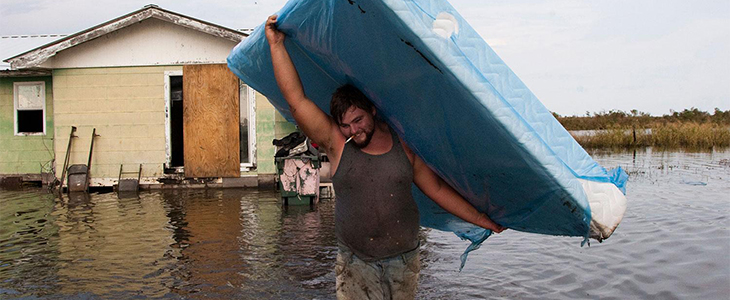What is Climate Resilience?
Solving the climate crisis isn’t just about cutting carbon emissions. It’s about protecting people from harm.
.

.
We’re in a climate crisis. As the world warms, people across the globe face daunting new challenges, on a scale never seen before. To withstand those challenges—and to thrive—we need climate resilience.
Climate resilience is about successfully coping with and managing the impacts of climate change while preventing those impacts from growing worse. A climate resilient society would be low-carbon and equipped to deal with the realities of a warmer world.
There’s only one real way to achieve climate resilience: cut the heat-trapping emissions that drive climate change while adapting to the changes that are unavoidable—and do so in ways that make the world more equitable and just, not less.
…
Climate resilience needs climate justice
There’s a third, critical aspect of resilience that has to inform how we adapt to and mitigate climate change: climate justice. Climate change causes disproportionate harm to certain members of society, including people of color, people living on low incomes or in poverty, and people who are elderly, young, or disabled.
Incorporating climate justice in resilience means, on the adaptation side, prioritizing the wellbeing of people and communities most exposed to climate harm and least able to cope with it. This could involve, for example, ensuring public housing has air conditioning, putting at-risk communities first in line for money for pre-disaster planning, and investing in measures to keep people who are elderly, disabled, homeless, or living in poverty safe during a hurricane or wildfire.
Read more on the The Union of Concerned Scientists, national nonprofit organization founded more than 50 years ago by scientists and students at the Massachusetts Institute of Technology. => LINK

Leave a Reply
You must be logged in to post a comment.